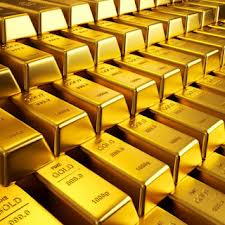
The gold market is both simple and complex. It is basically a play on the prevailing reserve currency of the day. It used to be the reserve itself, and is now the unreserve, the shadow of intrinsic value against which the extant hegemonic currency is measured. That’s the simple part.
The complex part is that any attempt to calibrate the relationship between gold and the reserve currency is doomed if it looks for a one-to-one relationship. Gold is a relative measure of the market’s view of the stability or otherwise of the reserve, including all of those variables that go into such an assessment: monetary policy, fiscal stability, economic and trade strength, geo-political and strategic wherewithal.
That’s not to say that other factors don’t matter. Supply and demand and broader geo-political instability are also influential in the price. But over the long term it is the investment demand derived from gold’s unreserve role that determines the big trends.

